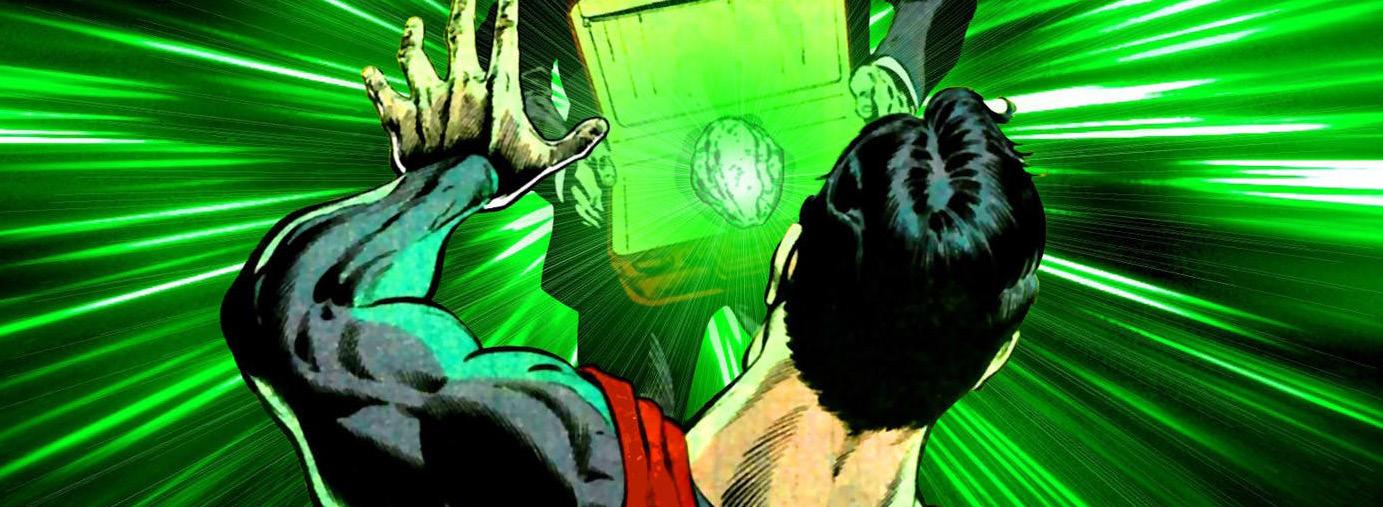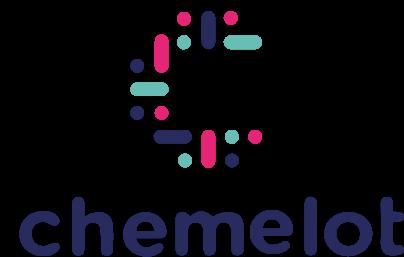
6 minute read
Chemistry in media: Synthesis and prepara tion of Unobtanium
Synthesis and preparation of Unobtanium
Chemistry in media
Advertisement
During our studies, we often need to research literature. We’ve spent hours on Web of Science, Google Scholar and various other literature search engines looking for information about the chemicals, reactions and processes. Or we’re going old-school and use an actual paper book. Who hasn’t read the thrilling page-turners such as Atkins’ Physical Chemistry, the big book of Bird or the catchy titled ‘An Introduction to Materials Engineering and Science for Chemical and Materials Engineers’.
In this article, however, we’re not going to look for chemistry in nonfiction, but in fiction. Often the chemistry in fiction is presented much more flashy and sensational than it actually is in real life, but honestly, how many of you would like to read a novel in which the character spends three hours of doing column chromatography?
The oldest of these fictional elements is Orichalcum, first mentioned by the Greek philosopher Plato. In Critias, Plato tells the tale of the fabled city of Atlantis. According to the story the walls of Atlantis were clad in this red-pink metal and it was almost as valuable as gold. It pops up a couple of times in Greek mythology. Depending on the tale, its properties vary, sometimes it’s valuable due to its strength, other times because it floats and occasionally its value lies in being magic resistant.
Within the fantasy genre, being magic resistant is a reoccurring theme. It has to be, with all those fireballs and dragons flying around. One of the most well-known fantasy materials is Mithril. Originating in J.R.R. Tolkien’s Middle-Earth, it is stronger than steel, but much lighter, so that even a Hobbit can wear it. It is a rare metal, only mined by the Dwarves in Moria. Elves were able to make an alloy of it, called ithildin, which is only visible in star- or moonlight. While great for hiding secret entrances, I struggle to come up with other practical uses for such a material. Perhaps you can use a suit of armor from it as a gag gift?
Unlike some of the other elements in this article, Octiron is unaffected by anything except for magic. It’s found on Terry Pratchet’s Discworld, is black and heavy and when it’s rung like a bell, it doesn’t actually make a noise, instead, it silences everything around it. It’s likely named after Octarine, the colour of magic. This colour is only visible by wizards and cats and is a
sort of fluorescent greenish yellowpurple, just to give you an indication.
In Brandon Sanderson’s Mistborn novels, the materials aren’t based on magic, but the magic is based on the materials. Ingesting metals or alloys allows Allomancers, the ‘wizards’ of the fantasy setting, to enhance several physical and mental abilities. For example, using tin would enhance the user’s senses to superhuman levels. While most of these metals are real, some fantasy metals exist in the setting that give even more fantastical powers. In the comic book world, there is an abundance of fantastical materials and elements. One of the most prominent amongst them is Kryptonite; DC’s Superman’s, well… kryptonite. A fictional material so well known that everyone knows it to be a synonym for Achilles heel or a 3 Doors Down song. This green crystalline material emits radiation that weakens Superman’s alien species and depowers them. According to the 2006 movie Superman Returns, the composition of kryptonite is sodium, lithium, boron, silicate hydroxide with fluorine. Funnily enough a year later scientists discovered a nearly identical compound: sodium lithium boron silicate hydroxide, officially named Jadarite. However, it is a rather boring white powder, though

it fluoresces pinkish-orange under UV-light. Still not enough to ward off alien superheroes though.
Another well known comic material is adamantium. It’s a practically indestructible metal, mostly associated with Marvel’s Wolverine, who has this stuff as a skeleton. With his claws, he’s able to cut through any material, with the exception of Vibranium, another fictional metal, most prominently featured in Captain America’s shield. Due to its alien origin, Vibranium is able to absorb all kinds of vibrations, sounds waves and kinetic energy.
Not only fantasy worlds use fictional materials, but they’re also found in some of the more realistic fiction. One can’t really talk about chemistry in media without mentioning Breaking Bad. It prominently features blue meth, it’s an unique color associated with the high purity of Walter White’s product. However, in the real world, this color would indicate impurities, as pure meth is colorless. Still, it became highly iconic for the TVseries.
Another famously colored chemical is red mercury. Rumors of this highly destructive material started circulating in the 1970s during the cold war. Articles never really specified what it was, only that it was of great importance in nuclear bombs. Though never actually stated to have a red color, it was named this way because it was supposed to originate in red Soviet Russia. It was sold for extraordinarily high prices on the black market, sometimes going as high as $ 1,800,000 per kg. When it would be analyzed, however, it usually was a common compound, such as mercury (II) oxide or just mercury with some red dye in it.

https://xkcd.com/683
The last fictional element I would like to address is Administratium. It is also known as Bureaucratium and was discovered by Thomas Kyle in 1991. He received an Ig Nobel Prize for this discovery, making him one of only three fictional people to win the prestigious award. An interesting property of this element is that it has a negative half-life, meaning that it becomes more massive and sluggish as time goes by, just like the bureaucracy of some scientific establishments.
WRITTEN BY:
Marc Willemsen
Marc has delved into various fictional media to search for the fabled unobtanium.
Starten als Management trainee op Chemelot?



Het Chemelot Trainee Programma, is een uniek traineeprogramma dat gericht is op de ontwikkeling van trainees die willen bijdragen aan het succes van de Chemelot site en de bedrijven die hier gevestigd zijn.
Je kiest voor een traineeship op Chemelot, dus je weet vooraf niet bij welke opdrachtgever je gaat werken. Passend bij jouw profiel en ontwikkelpotentieel voer je in 2 jaar 3 verschillende opdrachten bij 3 verschillende werkgevers uit, passend bij jouw ontwikkeling.
Als Trainee neem je deel aan een 2 jarig intensief leertraject gericht op persoonlijke en professionele ontwikkeling voor een carrière op Chemelot. Je wordt intensief begeleid en krijg je diverse trainings- en ontwikkelmogelijkheden geboden zodat je jezelf optimaal ontwikkeld. Binnen jouw opdrachten wordt je begeleid door een mentor binnen je opdracht, een ontwikkelcoach en een carrière coach. Door middel van evaluaties en intervisiemomenten kijken wij samen naar welke extra ontwikkeling en vervolgopdracht het beste passen. Er zijn regelmatig samenkomsten met andere trainees, om getraind te worden, te werken aan groepsopdrachten en waarmee je ook leuke dingen gaat doen.










